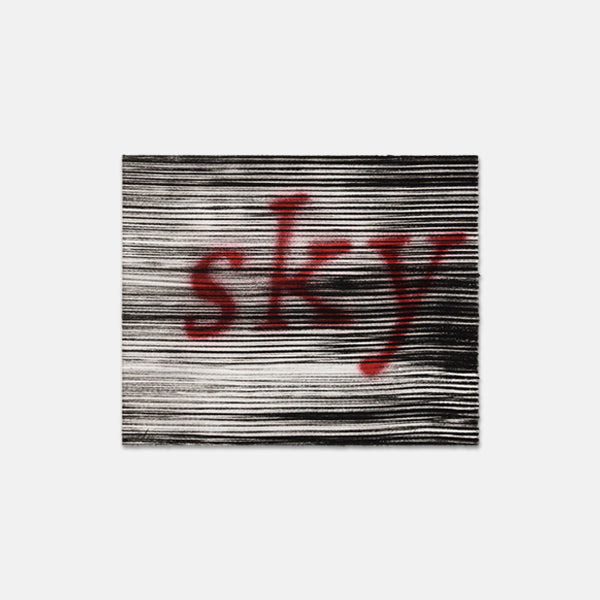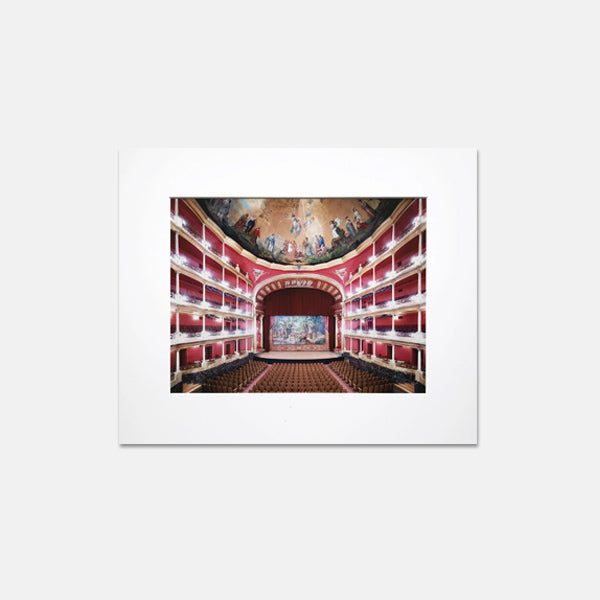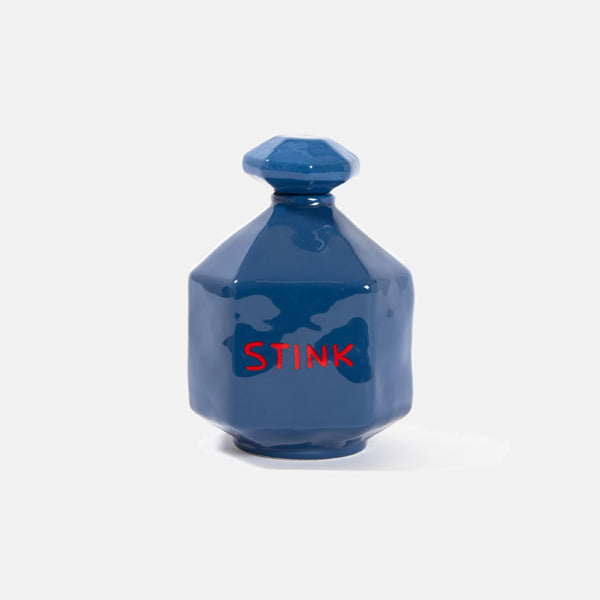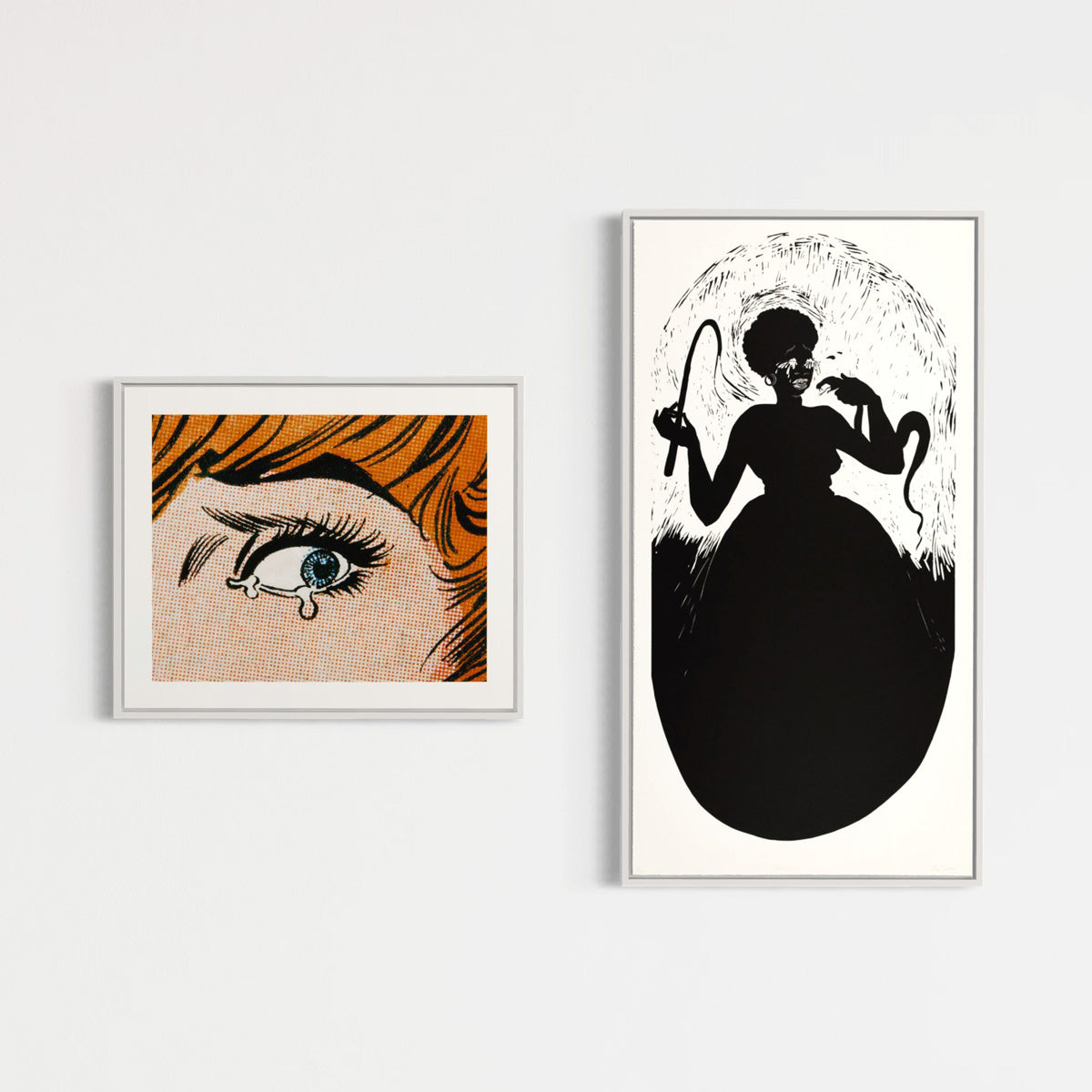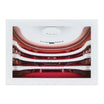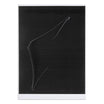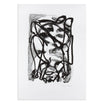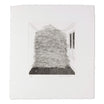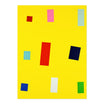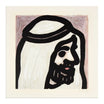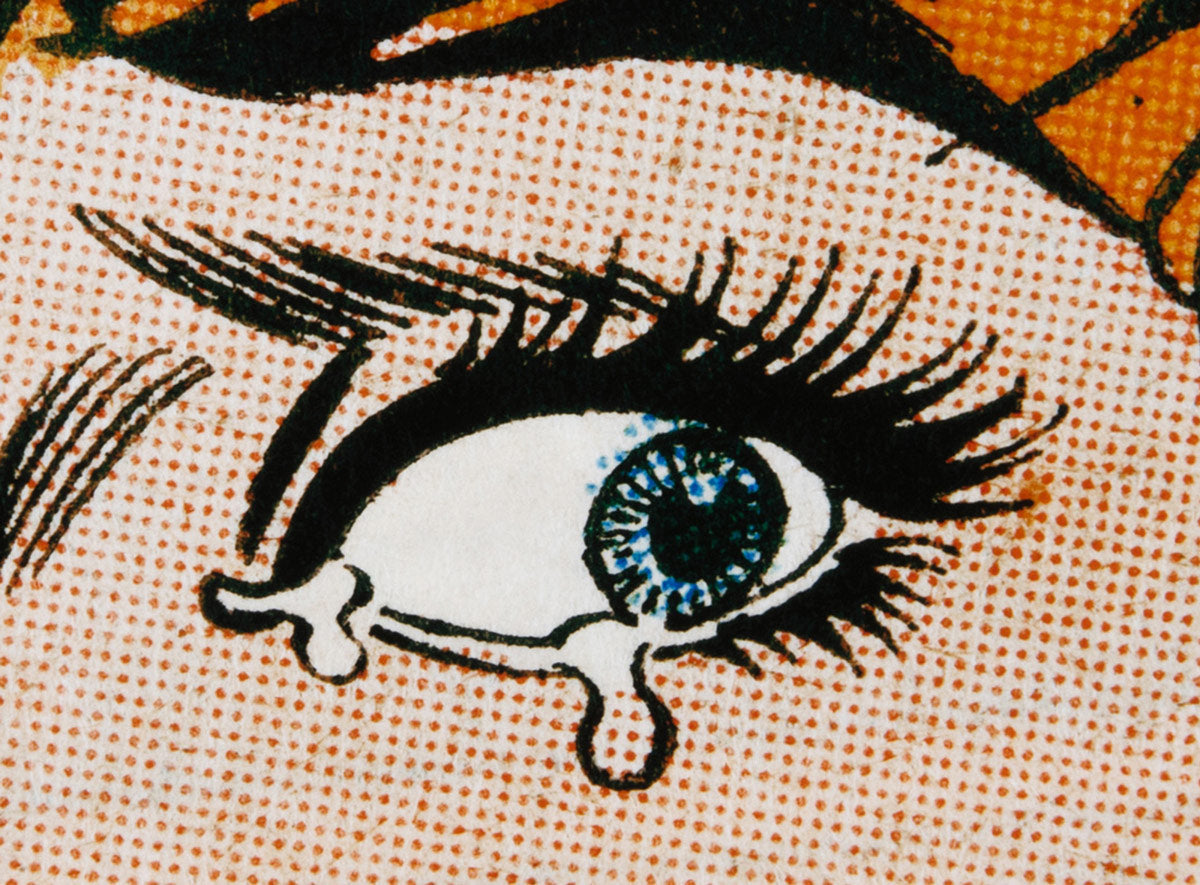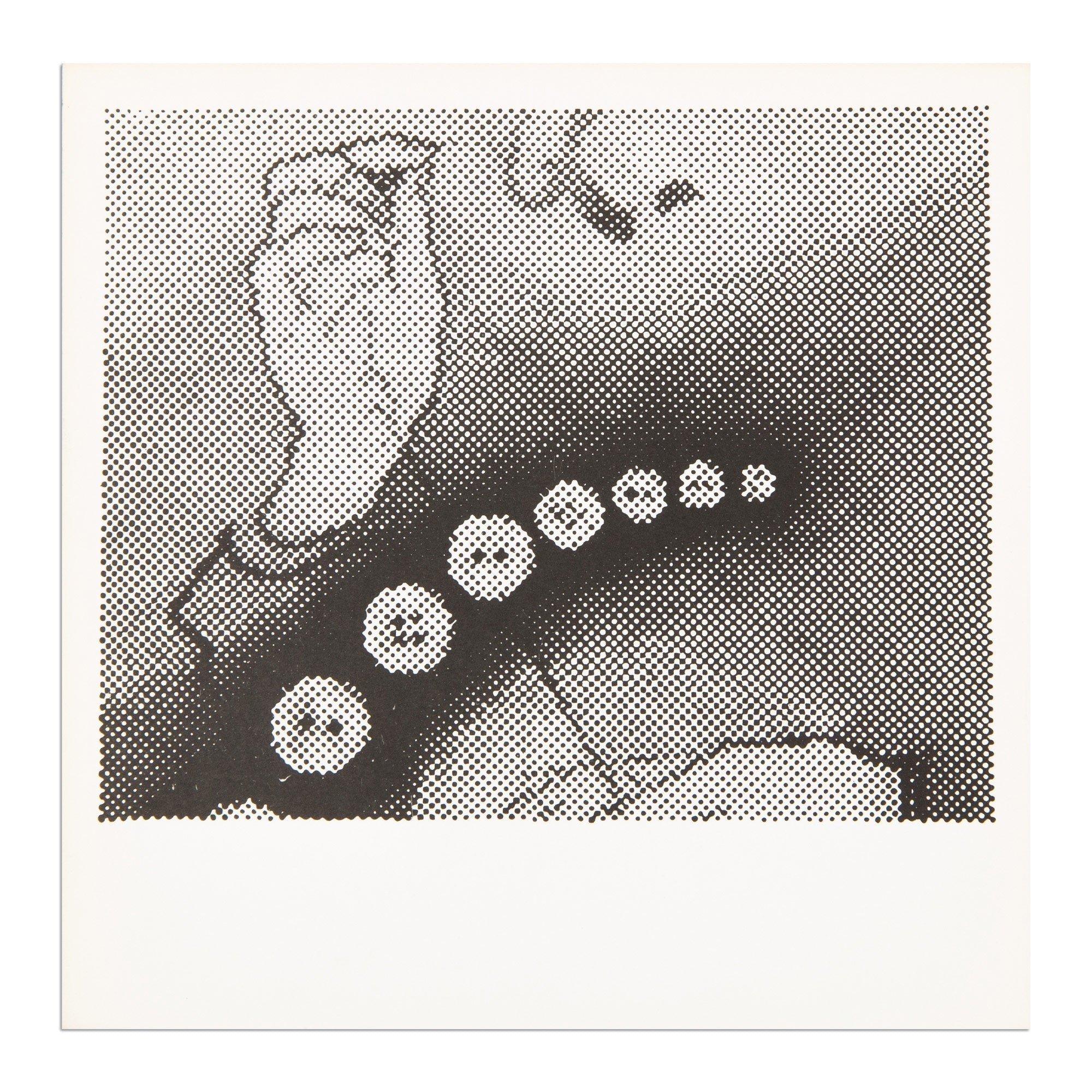
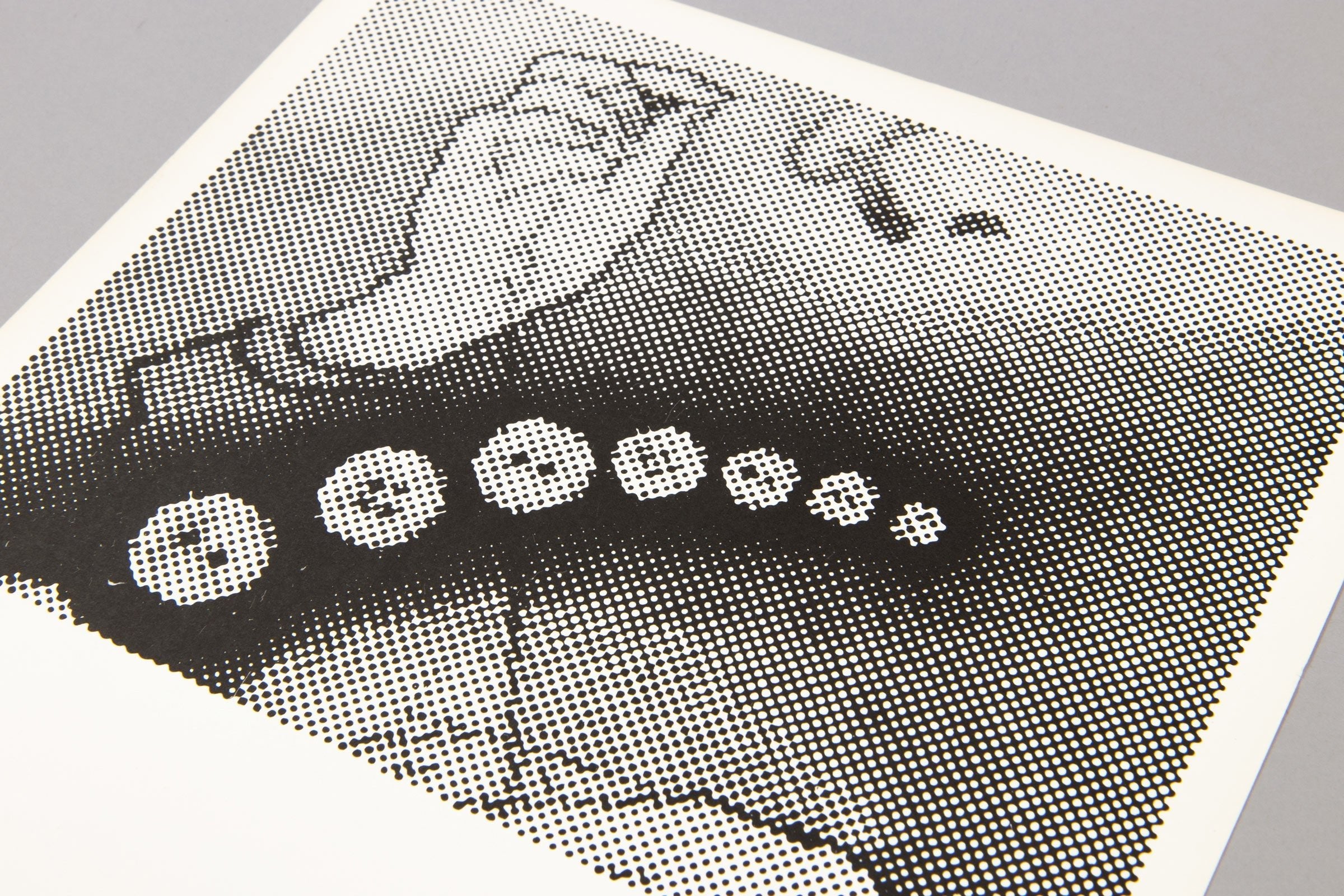
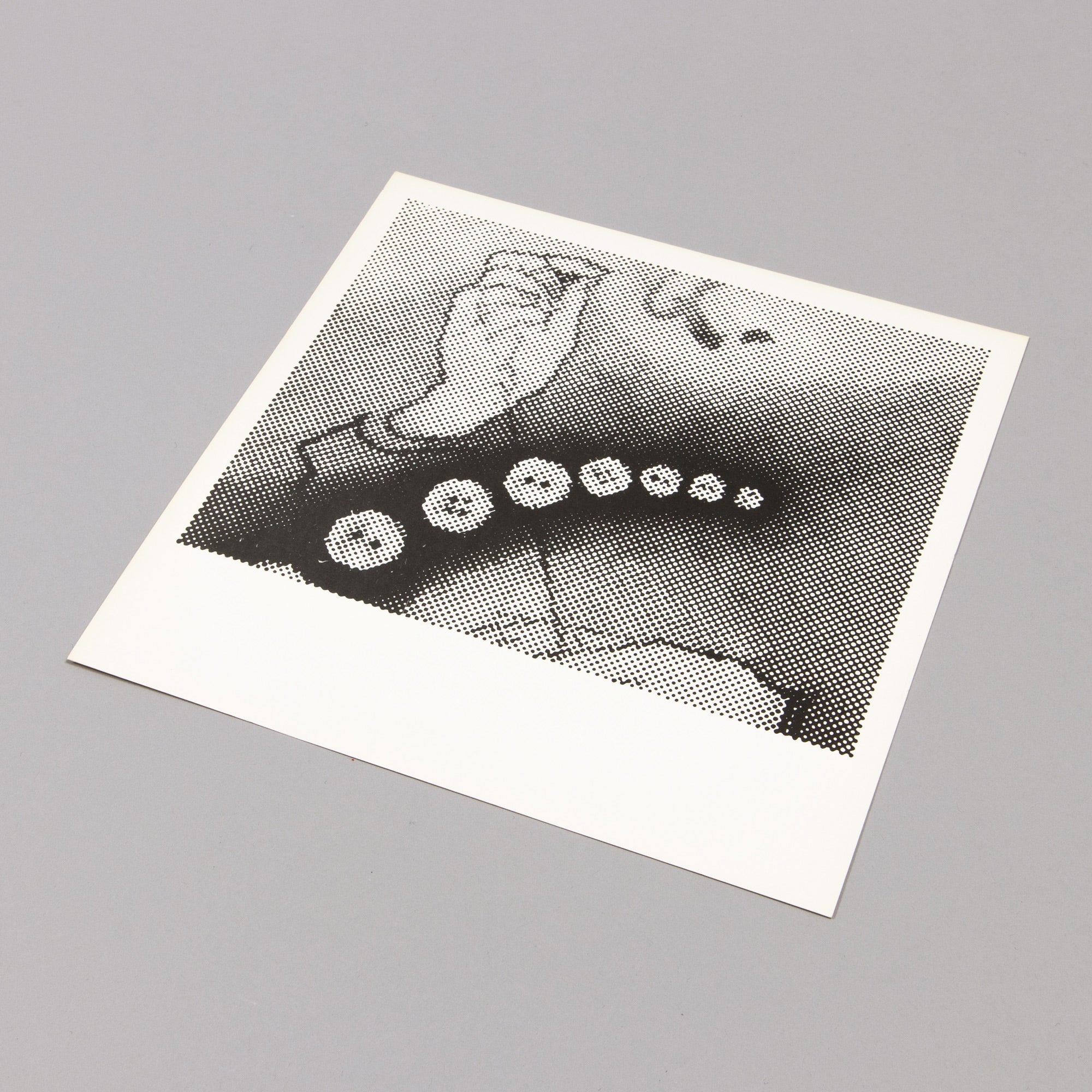
Sigmar Polke - Knöpfe
Taxes included. Shipping calculated at checkout.
Sigmar Polke (German, 1941-2010)
Knöpfe, 1967
Medium: Offset lithograph on card stock
Dimensions: 23.5 x 23.5 cm
Series: Deutschland-Report et 4
Edition of 500: Not signed, not numbered (as issued)
Publisher: Edition Rochus Kowallek for Verlag Christian Grützmacher, Berlin
Catalogue raisonné: Becker/von der Osten 6
Condition: Very good
Artwork details
Sigmar Polke’s Knöpfe is an offset lithograph on card stock, measuring 23.5 × 23.5 cm, from the Deutschland-Report et 4 series. Executed in Polke’s characteristic raster-dot style, the image reflects his critical engagement with mass media imagery and postwar consumer culture. Published in an edition of 500, the print was issued unsigned and unnumbered, as originally conceived by the artist.
About this artist
Sigmar Polke (German, 1941–2010), often described as “the alchemist of contemporary art,” is celebrated for his restless experimentation, wit, and groundbreaking manipulation of materials. His studio functioned like a laboratory, where he combined traditional and unconventional processes to create paintings, photographs, and fine art prints that continue to shape the course of postwar art.
In the 1960s, Polke co-founded Capitalist Realism alongside Gerhard Richter and Konrad Lueg. This movement emerged in postwar Germany as a critical response to both American Pop Art and Socialist Realism, satirizing consumerism, mass media, and the bourgeois lifestyle of the time. Polke’s early paintings drew heavily on advertising and popular culture, often executed on nontraditional surfaces such as fabric, wallpaper, or patterned textiles. By appropriating mass-produced motifs and commercial imagery, he blurred the line between high art and everyday culture.
Polke’s innovative use of printing techniques became one of his defining contributions. His raster-dot “grid” paintings, based on enlarged prints from newspapers and magazines, created a mechanical, offset-like aesthetic that simultaneously mimicked and critiqued modern image culture. This interplay of art-historical reference and mass-media imagery placed Polke at the forefront of postmodern artistic discourse.
Throughout his career, Polke remained committed to experimentation with materials and processes—from chemical reactions in painting to photographic manipulations—pioneering new visual languages that challenged perception and convention. His limited edition prints extend this spirit of innovation, making his practice accessible to collectors while preserving the layered complexity of his work.
Polke’s oeuvre stands as a radical exploration of culture, politics, and media, redefining the boundaries of painting and printmaking. His enduring influence can be seen in subsequent generations of artists who continue to draw inspiration from his irreverence, inventiveness, and refusal to conform to a single style.
Auction record: US$27.1m, Sotheby’s, 2015

You may also like

Buy art online
Shop art editions online with transparent pricing, accurate condition reports, and fast dispatch. Designed for international collectors, we make buying limited edition prints and artworks simple, secure, and reliable.
Worldwide shipping
We ship art editions worldwide with full insurance and tracking. Handled only by trusted international carriers, each shipment is securely packaged and typically dispatched within 5 days.
Professional packaging
Every artwork is packaged to the highest professional standards. Using solid multi-layer cardboard and protective materials, we ensure your art editions arrive safely and in excellent condition.
Secure payment
Buy with confidence using secure, encrypted payments backed by advanced fraud protection. Every transaction is processed with trusted technology, ensuring a smooth and worry-free checkout for collectors worldwide.
